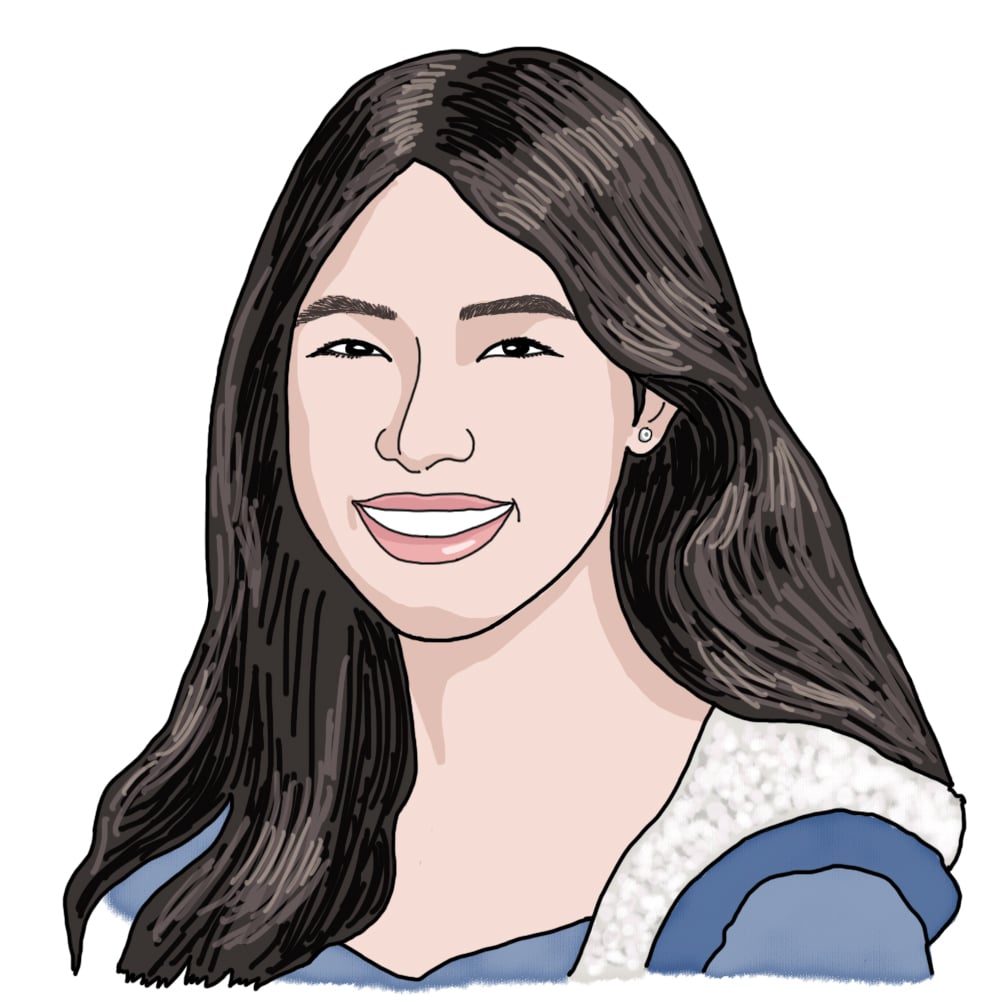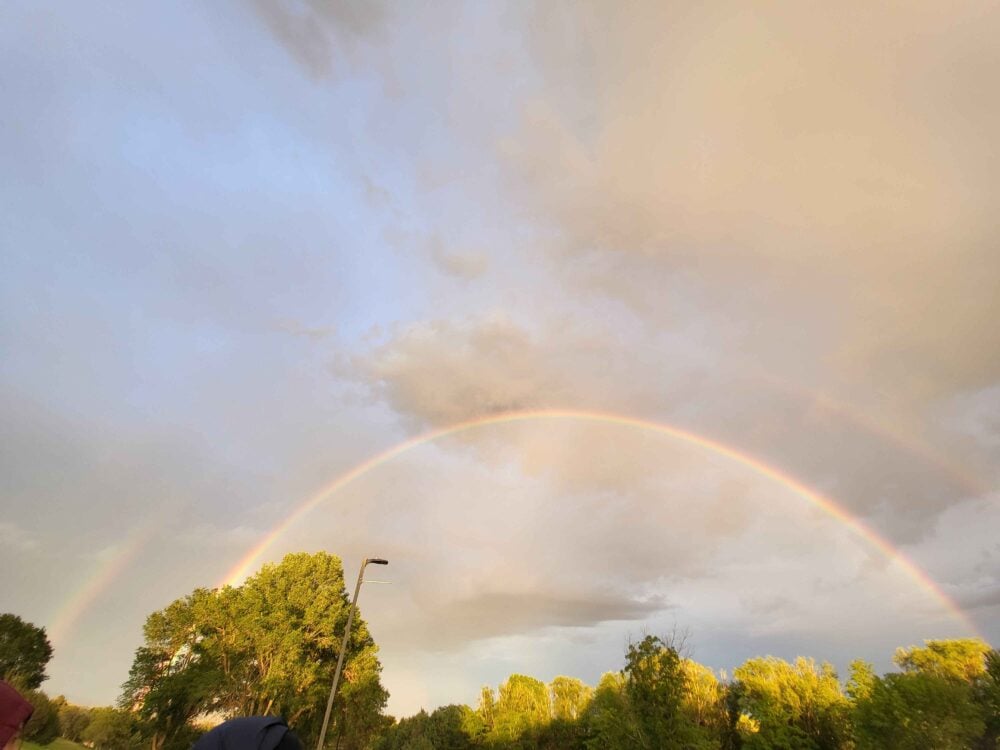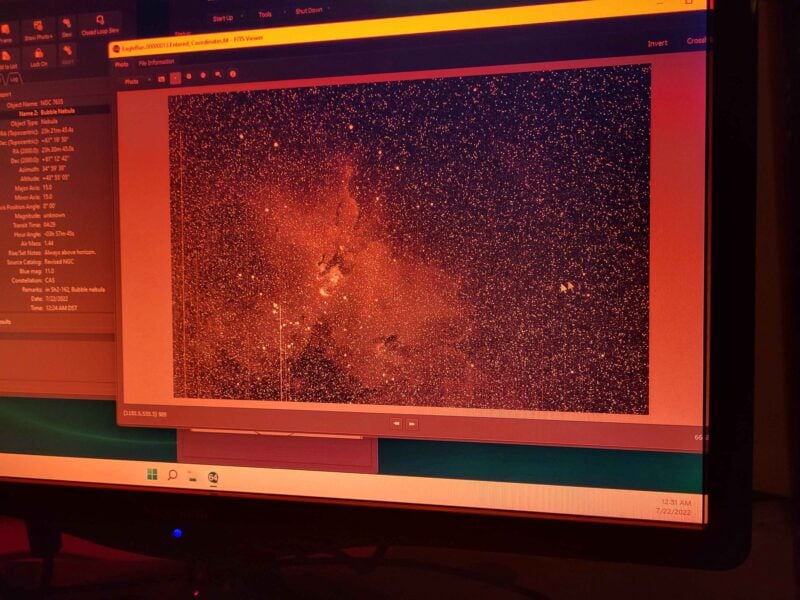
SSP by Ellie F. '28
aka summer science program aka summer sleep program aka silly science people aka summer solstice pset aka
The Summer Science Program (SSP), which is co-sponsored by MIT, is a 39 day summer program in astrophysics, biochemistry, genomics, or synthetic chemistry. At each campus, 24 to 36 rising high school seniors collaborate to complete a meaningful scientific research project, learning the skills they need through a series of challenging lectures and problem sets. Learn more at https://summerscience.org/
Sophomore year was a lonely one for me. After a full year of virtual school, I had lost touch with many of my middle school friends, and I was slowly realizing that I had no one to talk to about 3blue1brown or NASA missions or programming challenges. My SSP application, then, was a plea for connection, a desire to meet people outside of the bubble I was in.
Any fears I might have had about fitting in or finding friends were dashed within an hour of my arrival. I had just finished unpacking, and my room was missing a trash can. I went downstairs to find one, and instead found myself chatting with a few other students as time fell away. By dinnertime, the entire downstairs common room was filled with new people and bright, easy conversation. I found out later that my mom, after waiting half an hour for me to return, had just gone and gotten the trash can herself.

a double rainbow on the first full day of SSP. the metaphors write themselves
In my six weeks at SSP, my priority was to make as many memories with my new friends as possible. On weekdays, those of us willing to get up for breakfast would play Wordle and its dozens of variants. After all our lectures for the day, we’d pile into the computer lab to pset, singing songs from West Side Story and Hadestown as we worked, and taking breaks to doodle on the board. We’d laugh about the scenarios on our psets or just commiserate over the hardest parts. In the evenings, once I was done with my work, I’d go back to the dorm and sink into the couch and talk and talk and talk until silent time, and then whisper until the TAs told us to go to our rooms. If my team was observing at night, we’d gossip and swap music tastes as we waited for exposures in the tiny, dark observatory in the foothills of a desert mountain.
On Saturdays, we’d pile into a bus to Walmart, which, in our tiny New Mexico town, was a destination akin to Disneyland. Precious free time went to a pool trip, or exploring the on-campus geology museum, or worshipping a second-edition copy of Newton’s Principia Mathematica in the library. When we found out that the tiny one-room theater was showing the new Minions movie, we all walked a mile under the hot desert sun in our formalwear, feeling like we were in some teen summer movie, except one where the characters also tracked asteroids across the sky for fun. Sunday evenings were movie nights, where we’d make popcorn and watch classic science fiction films, calling out the astronomy jargon we were now familiar with, cheering when Socorro, New Mexico, our home away from home, was featured in Contact.
On my last observation shift, the sky was the darkest and clearest I had ever seen. After we set up exposures for the Eagle Nebula, my friends and I laid down on the sidewalk outside the observatory and stared up at the faint Milky Way stretching above. A shooting star arced overhead, with a trail that lingered for a few seconds, as if to convince me it was real, and not a spark of my imagination. It was easy, in those late nights, when I was wrapped up in the glittering sky with bugs chirping in my ear, to imagine that New Mexico, the Land of Enchantment, was really magical.
To a 16-year-old me, the kind of STEM-based community that SSP gave me was impossible to even conceive of. Even now, it astounds me. At SSP, I learned over and over that somehow, every single person there was singularly incredible. Everyone had lived such different experiences, and they all had hobbies and skills and passions in so many different areas that conversations could go on for hours without ever getting old.
It’s now been nearly 3 years since I last saw most of my SSPeople in person, but that’s not to say they’re gone. We helped and supported and celebrated each other through college applications, and now we keep up through dms and group chats. I’ve stayed with one SSPer in her room at Yale, and visited two more at Columbia when I took a day trip to New York. Some of my SSP friends now attend MIT with me, and when anyone visits Boston, we reminisce and catch up over lunch. It’s no surprise, of course, when I learn that my SSPers, some of the most amazing people I’ve ever met, have continued to be amazing over the past few years.
If I had to point to a single thing that has led me to where I am now, it would be SSP. Even apart from the community I’ve been gushing about, it introduced me to astrophysics, a field I adore and that I’ve been studying and researching in ever since. Through SSP, I accessed resources and technologies that were simply impossible to obtain by myself. From my SSPers, I’ve gotten invaluable advice about high school, college applications, and MIT life. More intangibly, I gained the confidence that I had the independence, responsibility, and skill needed to thrive in a place as fast-paced and intense as SSP.
SSP brands itself as the “educational experience of a lifetime,” but to only focus on education is selling it short. In almost every possible area, SSP has changed my life.
P.S. I wrote my first-ever blog at SSP, while I was quarantined from Covid. Read a younger Ellie’s mid-SSP thoughts here: https://summerscience.org/isolation-i-miss-you-guys/















